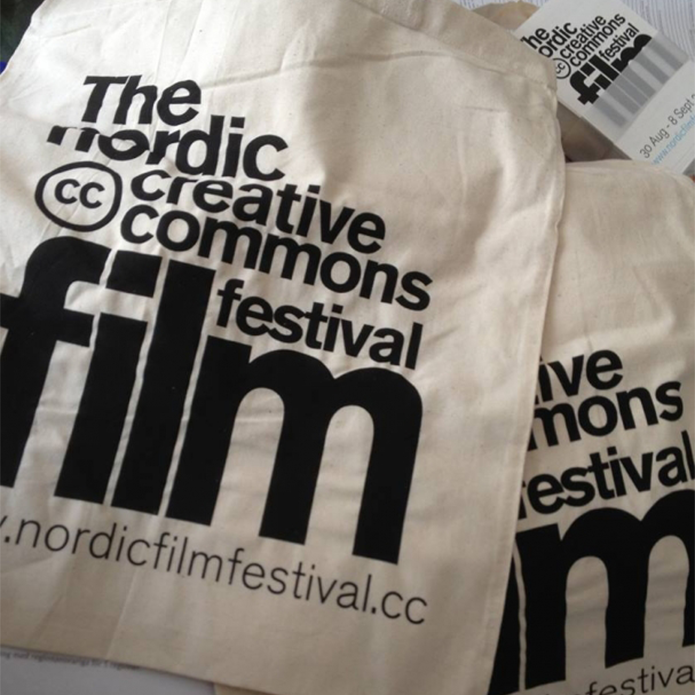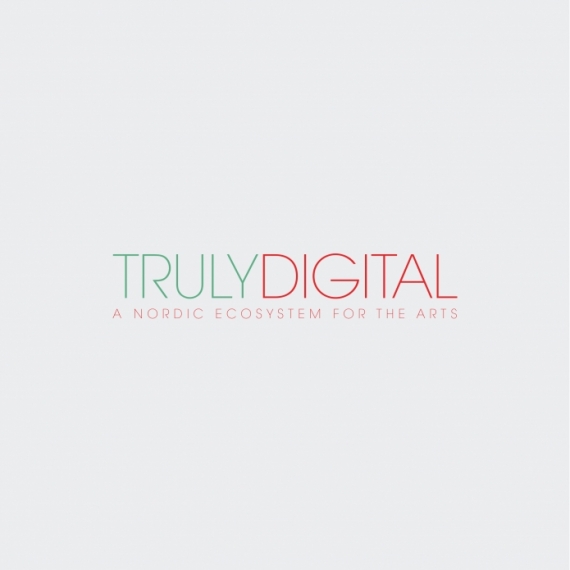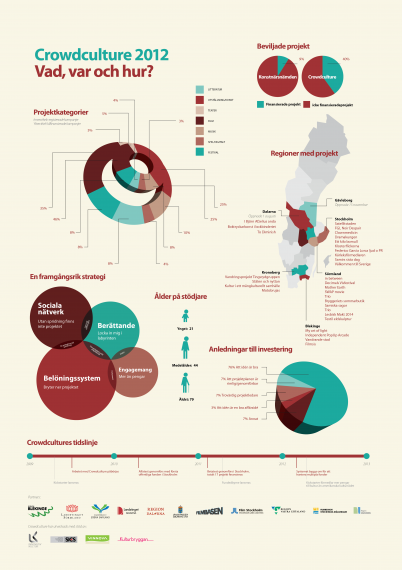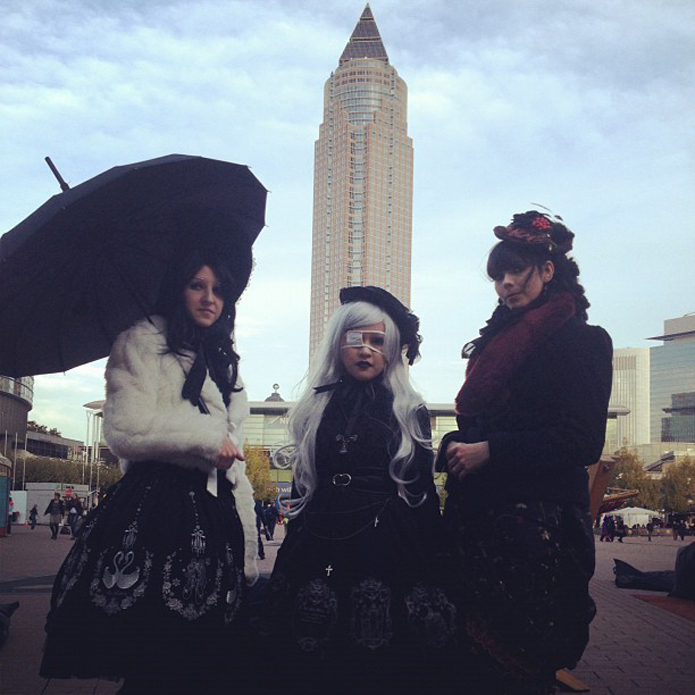In a few weeks I’ll give a talk at the Frankfurt Book Fair, in conjunction with this, I gave an interview about crowdfunding and its relation to the book industry.
Citizens can be part of the processes that create the cultural landscape”
Max Valentin is founder and CEO of the Swedish crowd funding platform Crowdculture headquartered in Stockholm. Crowdculture is a hybrid platform with a unique business model: It connects crowd funding project with investors and thus leverages higher budgets for worthy cultural causes.
Mr. Valentin, how important will crowd funding be for cultural projects in the near future?
Local fund raising campaigns, pre-sales, lending money to each other and selling stakes in projects is something we have done for a long time. Crowd funding is about these actions but using the efficiency and reach the internet provides us with. But at the same time as old behaviors move on-line new possibilities are also emerging, one of these things is the potential involvement by the audience in different creative processes. I believe that something like crowd funding, though the words might change, will be hugely impacting the cultural industries over the years to come. This is a method to do risk-management on consumer products and services and connect them to both social and geographic data.
Will crowd funding change the book industry?

Max Valentin is CEO of Crowdculture
Any ecosystem reacts on external change, a higher degree of oxygen gives space for new spices and higher temperature affects who survives. The internet as idea and now the convergence of social media and community funding (web 3.0) can be seen as external factor to an industry. This will most definitely effect the industry and give space for new actors and change the composition. I think that we in a way can see the patterns in the music industry where both production, marketing and distribution have changed a lot due to digital distribution and the publishing industry experiences something similar. Crowd funding is a new element in this process. Some use it as a verification if a band or an author is ready for a label, that is a cheap way to do risk management. I believe crowd funding can be seen as a part of other parallel changes. There are many different tools and ideas that support development of certain types. When I read a book in a Kindle the text has a community commenting and expanding the text, same thing happens in the comment fields of magazines. Crowd funding is the logic way of connecting transactions to these creations. But saying this I view crowd funding as something broader than only presales. For those who are curious you should look at Flattr.
Does it require a certain type of author to be successful with projects pitched on a crowd funding platform?
Generally speaking I would say no. A strong story penetrates any medium. But from what I can see there are two types of strategies that seams to be working well. Social trust plus network reach is one. To fulfill this formula you are really not only one author but two or more. One example of successfully applying this strategy is the Double Fine campaign on Kickstarter. The other strategy is remixing popular content. In a way taping in to a niche interest, a conference for Bronies for example (adult fans of the subversive cult around the children’s TV series “My Little Pony”, editorial annotation).
What motivates you personally to be active in the crowdfunding business?
What distinguishes Crowdculture from its competitors on the crowdfunding market?
I would like to answer these two questions together. The system we have built is not a straight forward crowd funding platfom. It is a hybrid economical model where we combine crowd sourcing of investment decisions with crowd funding. That means public and private funds will under certain constrains they themselves set up co-invest in projects that citizens invest in. The upside for the project owner and the individual investor is that they get a leverage on their money. But what motivates me to work in this business is on the investor side. It is the potential of democratizing who gets part of the public cultural budget. I am very motivated by the transparency this model gives to the public investments and that our high educated citizens can be part of the processes that create the cultural landscape where they live.
What is your USP, the core of your product?
To help cultural funds to invest in the projects that are of highest interest for the community.
Which areas of you business model could be outsourced or organized as a joint venture?
The concept is based upon joint ventures, collaboration is in the core. We have designed an economical distribution mechanism that cuts cost in verification of what project is most relevant to invest in. Realizing this as we are doing in Sweden is based upon broad collaborative structures. But the model is scalable and anyone who is interested in using it can contact us and integrate the model through apps and turn their own site into a hybridized crowd funding platform.

The hybrid crowd funding platform Crowdculture
How important is international collaboration for you and your company?
I would say that international is not very important at all. Crowd funding is probably not very linked to the conception of a national state with a national cultural policy, it is more operational. But the distribution of the creators’ content to new audiences is of course very important. To make this happen it is of high interest to connect to those in the existing offline who already do intercultural work, export of cultural goods and services. To these organizations I believe crowd funding can become an important tool.
Where do you see crowd funding and Crowdculture in five years?
The implementation and stabilization of new business models seem to take a long time. I think we soon will see this phenomenon reach mass-market. One thing we will see is the consolidation of the market. Right now there is a typical gold rush mentality. Platforms with different brands are set up, most based upon the same business model. This is a very simple model, 5-10% share of the transactions done. Most platforms are under-capitalized and will disappear quickly. But then also there are many complementary tools entering the market. These are simple and cheap mobile transactions and secure protocols. These trends will push the emerging crowd funding industry to a much more distributed format.
Max Valentin is a speaker at the All Media Conference StoryDrive (11th and 12th October, 2012, Frankfurt bookfair)












